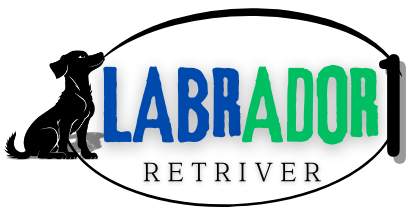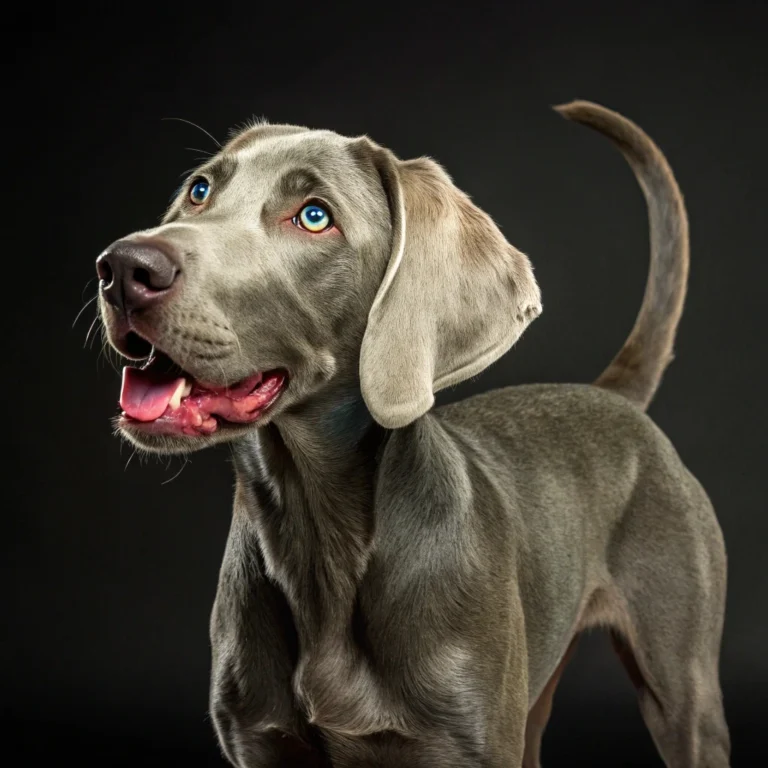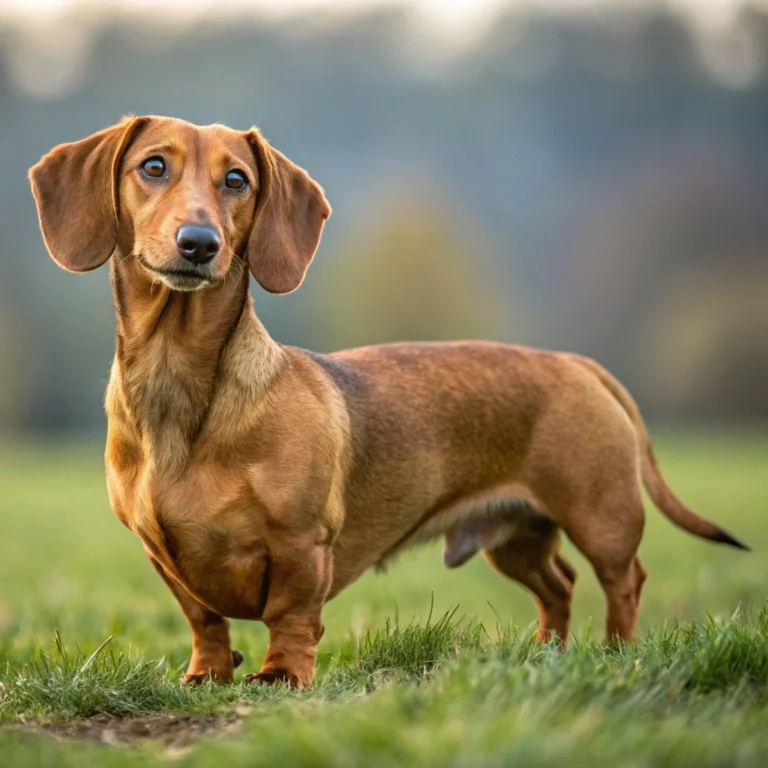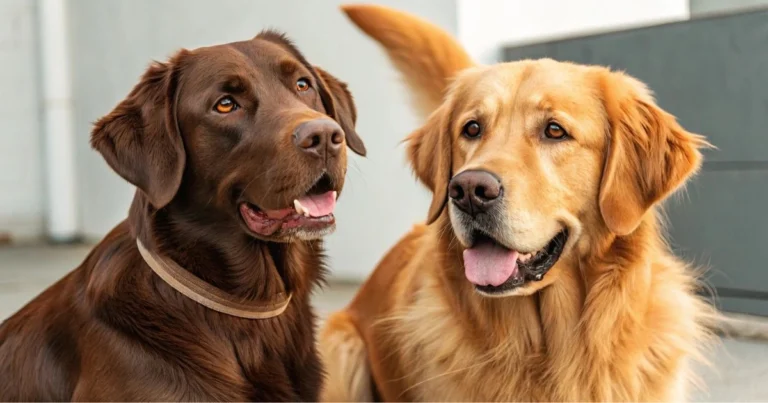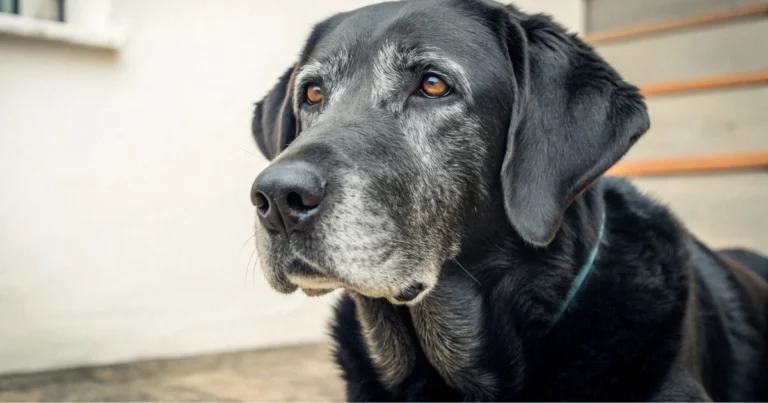Australian Cattle Dog and Labrador Retriever Mix.
It can change your life to bring home an energetic and loving dog. If you’ve ever wondered what it would be like to have a canine companion that’s loyal, smart, and bursting with enthusiasm, the Australian Cattle Dog and Labrador Retriever mix might be exactly what you’re looking for. This hybrid combines the best traits of two remarkable breeds — the hardworking Cattle Dog and the easygoing Labrador.
You’re not just getting a pet; you’re welcoming a partner who’s always ready for adventure. Whether you’re an outdoor enthusiast or a family seeking a loyal friend, understanding this breed’s exercise needs and family compatibility will help you create a fulfilling life together.
Table of Contents
Overview of the Australian Cattle Dog and Labrador Retriever Mix
Origin and Background
To understand this hybrid’s nature, you must first look at its roots.
- Australian Cattle Dog (Blue Heeler): Originally bred for herding livestock in tough Australian conditions. Known for its intelligence, alertness, and boundless energy.
- Labrador Retriever: A water-loving, friendly breed celebrated for its loyalty and eagerness to please. Labs are family favorites due to their patience and gentle disposition.
When these two breeds come together, the result is a highly active, intelligent, and affectionate companion. Breeders aimed to balance the Cattle Dog’s working drive with the Labrador’s calm and sociable nature — creating a dog that excels both as a working partner and family pet.
Typical physical traits include:
- Weight: 40–70 pounds
- Height: 18–25 inches
- Coat: Short to medium, often double-layered
- Lifespan: 12–15 years
General Appearance
| Trait | Australian Cattle Dog | Labrador Retriever | Mix Result |
|---|---|---|---|
| Energy Level | Extremely High | High | Very Active |
| Coat Type | Short, dense | Short, water-resistant | Medium double coat |
| Temperament | Alert, loyal | Friendly, outgoing | Intelligent, affectionate |
| Color Variety | Blue, red speckled | Yellow, black, chocolate | Mixed shades and patterns |
The blend often results in a dog that looks athletic, with expressive eyes and a sturdy build.
Exercise Needs of the Australian Cattle Dog and Labrador Retriever Mix

Understanding Their Energy Levels
Both parent breeds are working dogs, bred for endurance and physical tasks. This means your Cattle Dog Lab mix won’t be content lounging around all day. They need 90 minutes to 2 hours of active exercise daily to stay healthy and mentally satisfied.
Without enough activity, this mix may develop destructive habits — chewing, digging, or barking from frustration. Regular exercise channels their intelligence and energy positively.
Best Exercise Routines
Here’s how you can structure their daily activities:
- Morning Routine (30–45 minutes): Brisk walks or jogs to burn early energy.
- Afternoon Play (20–30 minutes): Fetch, tug-of-war, or interactive toys for stimulation.
- Evening Engagement (30–45 minutes): Training drills, agility games, or swimming sessions.
Top Activities for This Breed
- Running and hiking
- Swimming (Labrador influence)
- Agility or obedience courses
- Herding-style games
- Interactive puzzle feeders
Sample Daily Exercise Plan
| Time | Activity | Duration | Notes |
|---|---|---|---|
| Morning | Walk or jog | 45 minutes | Start the day with high-energy movement |
| Afternoon | Fetch or puzzle games | 30 minutes | Combine play with brainwork |
| Evening | Training or swimming | 45 minutes | Builds obedience and strength |
Exercise Tips for Busy Owners
You might not always have two free hours, and that’s okay. Here are a few strategies:
- Use dog walkers or doggy daycare during busy weeks.
- Break exercise into smaller sessions throughout the day.
- Invest in treat-dispensing toys to engage their minds indoors.
- Schedule weekend hikes or park visits for extended play.
A tired dog is a happy dog — and this mix thrives when you meet their energy needs.
Temperament and Personality Traits
Intelligence and Trainability
This hybrid is exceptionally smart. You’ll notice how quickly your dog learns commands — but also how easily they get bored. Early training is crucial. Stick to positive reinforcement methods using praise, play, or small treats.
Because of their sharp intellect, mental exercise is just as important as physical activity. Try teaching new tricks regularly to keep them mentally engaged.
Social Behavior with Family
When raised with love and structure, this mix becomes a devoted family companion. They’re affectionate, playful, and protective of their loved ones. You’ll often find them shadowing you around the house, always eager to participate in family life.
However, early socialization is essential. Their herding instincts might make them nudge or “herd” children or other pets — something you can manage through consistent training.
Compatibility with Other Pets
They can live peacefully with other dogs or cats if introduced properly. Supervised introductions and positive experiences help build trust and reduce dominance tendencies.
Family Compatibility and Lifestyle Fit
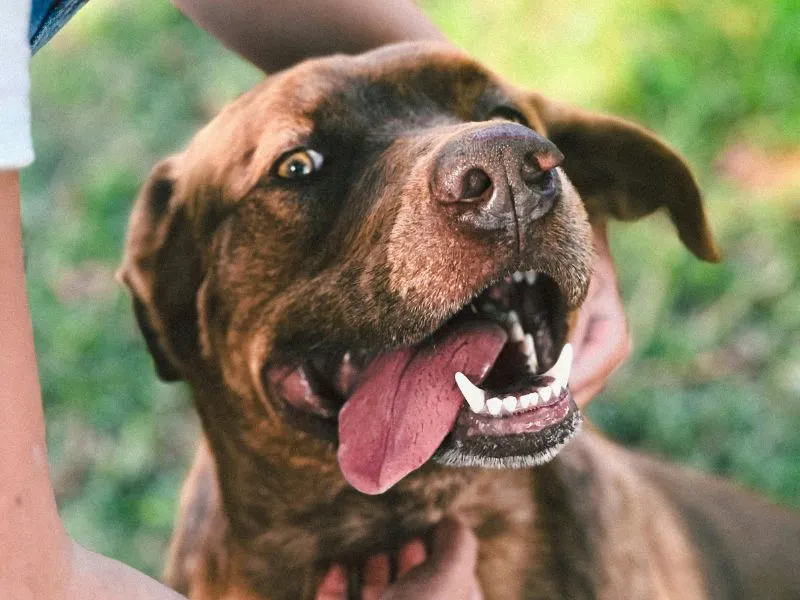
Is This Breed Right for You?
Before adopting, ask yourself if this mix suits your lifestyle.
Ideal owners:
- Have an active or outdoor-oriented lifestyle
- Enjoy running, hiking, or training exercises
- Can dedicate daily time for companionship and play
Think twice if:
- You’re away from home for long hours
- You prefer a low-energy, couch-loving breed
Quick Compatibility Checklist
- ✅ You enjoy daily outdoor activities
- ✅ You can commit to consistent training
- ✅ You have a secure yard or regular access to open spaces
- ❌ You live a sedentary lifestyle
Living Environment
These dogs thrive in homes with fenced yards, but they can adapt to apartment life if their exercise needs are met. Mental enrichment is key — puzzle toys, training sessions, and interactive play keep them content even indoors.
Family Life and Children
They’re protective yet gentle, making them great with children. With proper training, they quickly learn to be patient and careful during play. Always supervise interactions with young kids, especially during the first few months.
Nutrition and Feeding Guidelines
Dietary Needs for Active Dogs
Given their energy output, your mix needs a protein-rich diet that fuels muscles and supports endurance. Look for dog food with real meat as the first ingredient, balanced with healthy fats and carbohydrates.
Feeding Schedule and Portions
| Age | Portion Size | Frequency | Notes |
|---|---|---|---|
| Puppy (2–6 months) | 1–1.5 cups | 3–4 times daily | Supports rapid growth |
| Adult (1–7 years) | 2–3 cups | 2 times daily | Maintain muscle tone |
| Senior (7+ years) | 1.5–2 cups | 2 times daily | Adjust for lower activity |
Homemade Healthy Treat Recipe
| Ingredient | Quantity | Benefit |
|---|---|---|
| Oats | 1 cup | Fiber for digestion |
| Peanut Butter | 2 tbsp | Protein and healthy fat |
| Pumpkin Puree | ½ cup | Aids digestion |
| Egg | 1 | Protein binder |
Instructions: Mix all ingredients, form small treats, and bake at 350°F for 15 minutes. Cool before serving — perfect as post-exercise snacks.
Health and Lifespan
Common Health Concerns
While generally healthy, this breed may inherit conditions from either parent:
- Hip and elbow dysplasia
- Progressive retinal atrophy (PRA)
- Allergies or skin irritation
- Obesity (common in Labs)
Regular vet visits, proper nutrition, and controlled weight help minimize risks.
Life Expectancy
The average lifespan is 12–15 years, depending on genetics, diet, and care. Regular checkups, dental hygiene, and preventive care all contribute to longevity.
Grooming and Maintenance
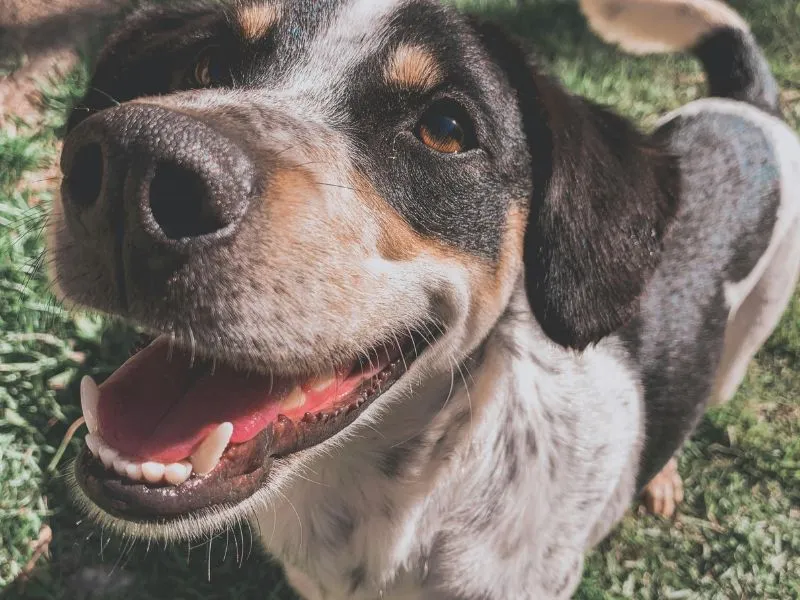
Coat Care
Throughout the year, this mix sheds moderately, but in the spring and fall, it sheds more. To get rid of loose fur and avoid matting, brush two to three times a week.
- Use a de-shedding tool during seasonal changes.
- Bathe every 4–6 weeks, or when dirty.
Nail, Ear, and Dental Care
- Trim nails every 3–4 weeks.
- Clean ears regularly, especially after swimming.
- Use dental chews or brush your teeth two or three times a week.
Training and Socialization
Early Training Tips
Begin training and socialization as early as 8 weeks. Focus on:
- Leash manners
- Recall commands
- Crate training for structure
Keep sessions short and engaging — about 10–15 minutes — to maintain attention.
Advanced Activities
Once your dog masters the basics, introduce:
- Agility training — great for burning energy and enhancing focus.
- Scent work or obedience trials — mentally stimulating and rewarding.
Pros and Cons of the Australian Cattle Dog and Labrador Retriever Mix
| Pros | Cons |
|---|---|
| Highly loyal and affectionate | Requires significant daily exercise |
| Intelligent and easy to train | May develop boredom-related behaviors |
| Great with families and kids | Can be vocal or stubborn if untrained |
| Strong working instincts | Moderate shedding year-round |
This mix is best for owners who appreciate an active, hands-on relationship with their pets.
Frequently Asked Questions (FAQ)

How much exercise does an Australian Cattle Dog and Labrador Retriever mix need?
They need at least 90 minutes to 2 hours of combined physical and mental activity every day to stay balanced and happy.
Are they good family dogs?
Absolutely. They’re loyal, protective, and loving toward family members, especially children, when properly socialized.
Can this mix live in an apartment?
Yes — but only if you’re committed to daily exercise and mental enrichment. Without it, they can become restless or anxious.
Do they shed a lot?
Moderate shedding occurs year-round, with heavier shedding during seasonal changes. Regular brushing minimizes mess.
What’s their average lifespan?
Typically 12 to 15 years, depending on diet, exercise, and overall health care.
Conclusion — A Perfect Balance of Energy and Affection
Owning an Australian Cattle Dog and Labrador Retriever mix is a rewarding experience — but it’s not for everyone. This breed is intelligent, loyal, and full of energy, thriving best with owners who enjoy an active lifestyle. When given love, structure, and consistent activity, they become one of the most devoted companions you could ever ask for.
